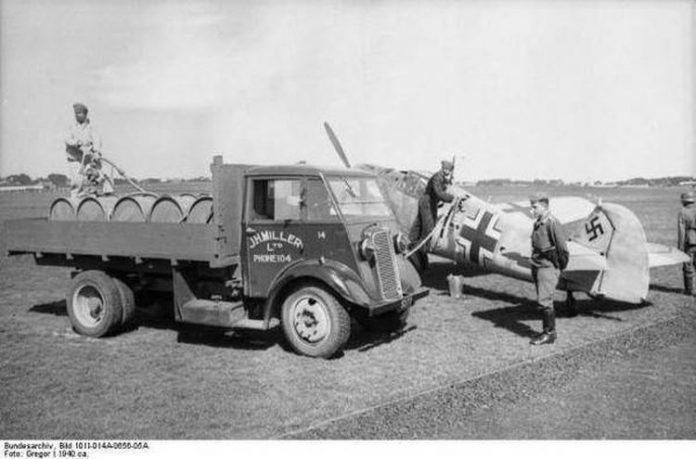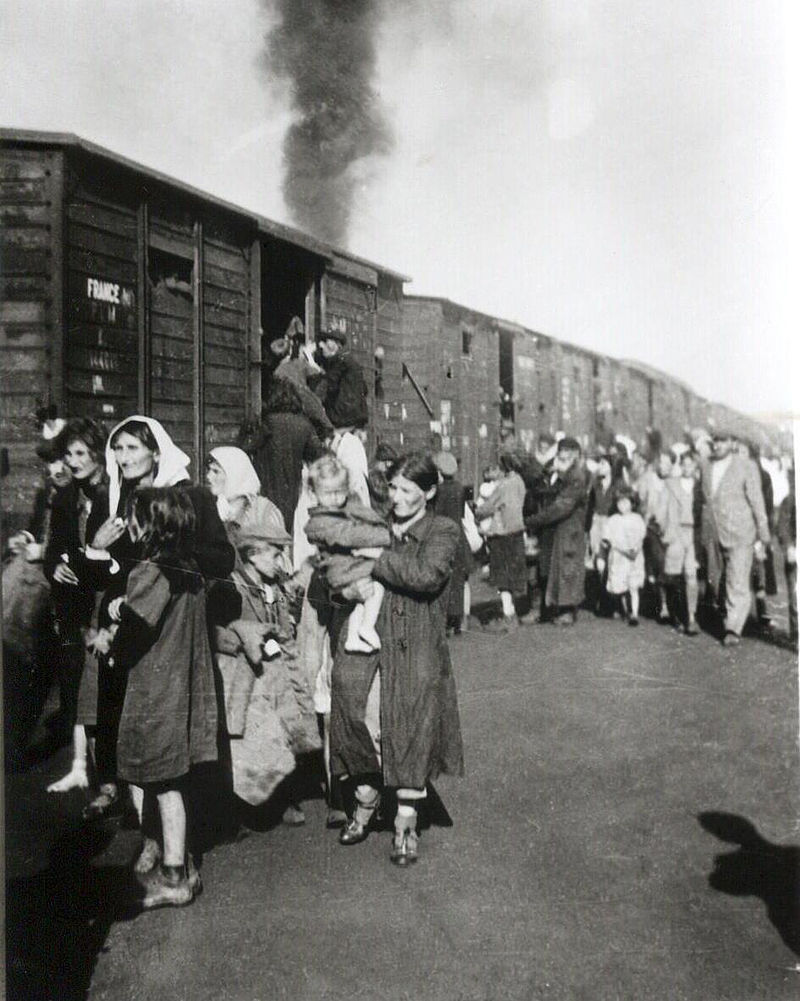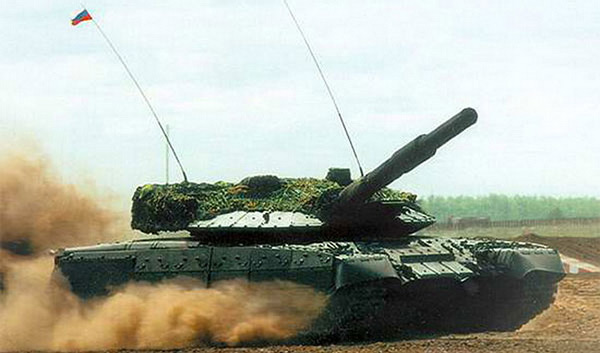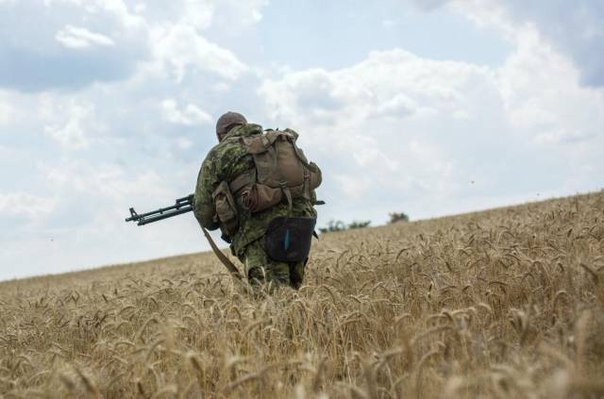
At all, around that, where and why were diesels and gasoline engines installed in Germany in the 1930s and 1940s, written a lot. But, Unfortunately, for the most part, these are not legends and myths, a, rather, misunderstanding of the essence.
Let's start, probably, from the most widespread myth about, that there was no oil in Germany at all. It is not true, oil on German soil was. And it was mined industrially already with 1881 of the year.
true, there was not much of her, as we would like. But, bold underline, at the end of the 19th - beginning of the 20th centuries, there was enough oil for the needs of Germany.
Quite another matter, if it was about hostilities, which are just an abyss in terms of fuel consumption. And if in the First World War all countries more or less coped with this, then the closer to the beginning of the Second (somewhere with 1933 of the year), the more it got interesting.
The German General Staff was not populated by fools. There were quite intelligent and adequate generals., who understood the essence of things. Our audience, mostly made up of service people, no need to explain (thank God) some postulates.
Going to fight, German generals perfectly took into account all or almost all. Including that, that its oil will not be enough for a more or less decent war. And since Hitler's ambitions extended far beyond, than Austria and Czechoslovakia, understandably, that I had to worry about fuel supplies.
Situation: little of our own oil, relying entirely on imports in a war is dangerous. what, properly, and it turned out to 1945 year, when in Germany almost everything stopped. But more on that later.
so, needed something, what fuel can be obtained from, and even so that this something was of its own and more. that's right, coal. There was not just a lot of him in Germany. Especially brown coal, what was salvation, because it was not so in demand.
The chemical industry in Germany is generally a song, method of extracting liquid fuel from coal was developed and patented by Friedrich Bergius back in 1913 year. properly, everything ... we extract and process in full.
And when you consider, that besides the Bergius method (hydrogenation with hydrogen) was the method of his competitors Fischer and Tropsch, then problems with getting gasoline, albeit synthetic, but in sufficient quantities, was not at all.
Method difference, in short, was that, that by the Bergius method it was possible to obtain synthetic gasoline, and by the Fischer and Tropsch method - synthetic gasoline, solar oil and fuel oil.
Average production 1 tons of fuel consumed 4 tons of coal or from 8 to 10 tons of brown coal.
The range of synthetic gasolines was quite impressive.
Carburetor fuel. This long and incomprehensible word can still be seen in museums., on cans and barrels. This is not really a curse, this is the marking of motor gasoline.
This gasoline was painted red, octane number was 72. Automobile gasoline was categorically forbidden to be used in aircraft engines, because it thickened at an air temperature of -25 ° C. After winter 1941 years the Germans faced frozen engines in the USSR, gasoline upgraded. But it was very unpleasant to leave so much equipment near Moscow in a state of scrap metal..
Some "researchers" even report decomposition into fractions at lower temperatures, but these are fairy tales, not documented. In fact, it was enough to turn into jelly, which the pumps of the German cars could not turn.
Several aviation gasolines were produced.
Petrol A3. Stained blue, octane number 70, with the addition of lead tetraethyl, the octane number increased to 80.
It was second grade gasoline, used for educational, liaison and transport aircraft. It was forbidden to use in military equipment, but at the end of the war the Germans, to be expected, poured everything, what was burning.
Gasoline B4. Colored blue too, but a darker shade. Octane number 72, with the addition of lead tetraethyl - 89. "Combat" gasoline for refueling bombers and torpedo bombers.
Gasoline C3. Tinted green, octane number 80, during the war, HR increased from 94 at 1940 godu to 97 in 1943. clear, that C3 was poured only into fighters.
Need to mark, that there was still gasoline brand C2. All characteristics as in C3, but this gasoline was made from oil.
Aviation fuel. Since the Germans used diesel engines quite normally (Junkers "Yumo" 204, 205) on airplanes, then they required special diesel fuel. It also had two types, E1 - from oil and E2 - synthetic.
It is worth noting, that synthetic diesel fuel could not become a full-fledged substitute for petroleum. The main reason is still the same, like gasoline - tendency to thicken at low temperatures. In this regard, synthetic diesel fuel could give odds to synthetic gasoline..
Therefore, there was a kind of separation: gasolines were mostly synthetic, and fuel oil and diesel fuel - from oil.
And then it becomes clear, that the main consumer of oil was the German fleet. more precisely, he parts, which concerned diesel fuel and fuel oil.
At all, any ship, even anchored in the port, consumed fuel in those days. And on campaigns and even more so - battleships and cruisers burned fuel oil lakes in the boilers. by the way, flocks of submarines Doenitz, terrorized allies, also had a normal appetite.
And here, I think, the same section was outlined. The Navy, with its appetites, got the products of oil cracking, and cars, tanks and aircraft received products from coal chemical plants.
by the way, quite justified, for when Romania was enlightened by the Soviet troops, the german navy has practically stood up for dead. As for tanks and aircraft, there were difficulties too, but they were caused by the offensive of the allies and the capture of coal basins in the land of North Rhine-Westphalia, Brandenburg and Saxony, in which coal was also mined and synthetic gasoline was produced, were on the path of the Red Army. With all the resultant.
Generally, the principle of "don't put all your eggs in one basket" worked quite well.
Moreover, tank diesel is a very rare phenomenon at that time.. It is worth remembering, what all, absolutely all tanks of the pre-war period, german, Soviet, the French and British were all petrol.
Why? It's simple. The gasoline engine was simpler and cheaper. Its power and torque was enough for most tanks of that time., because they weren't that heavy, rather, conversely. And the first German post-war tanks were rather tankettes..
If someone does not remember, PzKpfw I weighed 5,4 tons, and PzKpfw II - whole 9,5. And the most massive PzKpfw III, depending on the modification weighed from 15,4 to 23,3 tons.
clear, that gasoline engines coped well with the task of moving such machines. Besides, the tanks of that time quite normally "flew" aircraft engines. And then here's the high speed of the gasoline engine, providing high tank speed. Why not a tool for "blitzkrieg"?
At all, in plan at the moment 1941-42 years everything was fine and everything went exactly according to plan, forgive me some tautology. but in 1942 year started then, which no one expected five years earlier. Armor started to grow, weapons, a, respectively, and the total mass of the tank.
Here is the appearance T-34 and in parallel with it, the V-2 engine became a kind of Rubicon. And everything we had was laid out beautifully: light and fast T-60 tanks, T-70, T-80, self-propelled SU-76 - these are gasoline engines. High-speed and fast. Which is heavier - T-34, KV, IS, ISU in assortment - diesels.
Yes, diesel is more suitable for heavy equipment, for he is unhurried, low-speed, but it has just amazing torque. The right drivetrain - that's it, you can even get an output speed of more 40 kmh. Soviet designers received.
To tell, that the Germans "failed" in terms of diesel for tanks - to sin against the truth. Of course, could, it's still Germans. But the question of logistics arose. Little of, that it was necessary to bring more oil from Romania, rework it, but also to charge the supply chain with the management of fuel flows.
Luftwaffe - well, there's nothing you can do about it, three types of gasoline and one type of diesel fuel, and even then in small quantities, the Germans did not have so many aircraft with aircraft diesels. The most common is "Junkers-52", issued in less than 5 thousand units. The rest were even less, mostly flying boats.
But in the Wehrmacht, something like that initially happened, that gasoline engines were out of competition. Not to tell, that gasoline has become a non-alternative fuel, just less problematic. Extraction - at home, production - at home, deliver one variety for everyone, from tank regiments to mobile laundries. More convenient.
Can, of course, doubt the Germans' ability «to file» normal diesel engine for tank, but for some reason I don't want to. Considering, what technique did they create, sure, I'm sorry, what, and they would have mastered the diesel engine.
Here, rather, unwillingness to complicate your life with unnecessary logistics.
Moreover, in terms of safety, diesel and gasoline engines, contrary to a bunch of myths, are again almost the same.
Diesel fuel vapors in half-empty tanks explode no worse than gasoline. In order, that it's easier to ignite gasoline, than diesel fuel, I agree. But put out the diesel fuel, which got on something fuel (eg, cotton jumpsuit) - That's another problem. And since at least some document-based statistics are not available and are no longer expected, then it is very difficult to draw conclusions on the topic "who is more fire hazardous".
by the way, confirmation of my arguments is the creation in 1944 year by the Austro-German joint venture from the Austrian company Simmering and the German Porsche K.G. for the Tiger II tank it is quite a good diesel engine Sla 16 power 750-770 HP.
It is worth noting, that the diesel was in no way inferior to its gasoline counterparts in terms of power (Maybachs NL-210 and 230, which were carried by "Tigers" and "Panthers", had the power 650 hp), passed all due tests, gentlemen from OKH said, "I, zer gut "and ... continued to operate gasoline engines.
So it turns out in the end, what the Germans simply did not find it necessary to give themselves an extra headache with a double fuel nomenclature, oils and spare parts. And they did not use diesel engines.
It is very difficult to say, was this path right and right, as the factories bombed by the allies bled the Wehrmacht and the Luftwaffe, and Romania, surrendering to the mercy of the Soviet Union, left the Kriegsmarine motionless.
But this is already the subject of a completely separate discussion..
/Roman Skomorokhov, topwar.ru/











